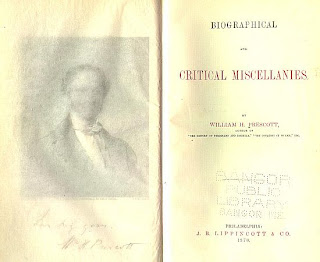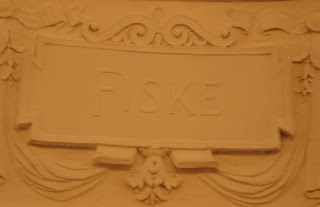Learning Express Jobs & Careers Test Preparation
Learning Express is a relatively newly available resource to residents of Maine through the public and university library system. This resource provides interactive tests and tutorials across a broad spectrum of educational, career, and skill-building pursuits. These tests and tutorials offer assistance designed for the young and the old, for the computer novice and the computer expert, for people seeking a GED, for students needing to prepare for the SAT and ACT, and for people seeking American citizenship, and much, much more.
What follows below is a screen by screen demonstration of how to access test preparation for a career in nursing. Though focused specifically on this test, many of the same access methods apply to other tests such as SAT and ACT preparation for those preparing for college, ASVAB testing for those interested in a career in the military, and for those seeking to improve their understanding and familiarity with many popular software programs such as Microsoft programs like Word and Excel.
As a Bangor Public Library library card holder, your first step for accessing Learning Express is to go to the library's website at www.bpl.lib.me.us. (As shown below).
From this web page, you will see a link for Marvel! Maine's Virtual Library on the right of the screen. Click the Marvel! link.
Clicking this link will take you to the web page displaying all databases and resources available through Marvel! (Shown below).
The resources are listed alphabetically. You can either scroll down to the Ls or click L to find Learning Express. (Shown below). Below is the home screen for Learning Express. This screen displays on the left side the twelve categories of tests and tutorials. This screen also indicates an area for logging in as a returning user or for registering as a new user. The reason for logging in or for creating an account is that Learning Express will keep track of your progress in a given tutorial. Creating an account means you need not start over in any test or tests you are taking. Registering requires only a username and a password of at least six characters.
Below is the home screen for Learning Express. This screen displays on the left side the twelve categories of tests and tutorials. This screen also indicates an area for logging in as a returning user or for registering as a new user. The reason for logging in or for creating an account is that Learning Express will keep track of your progress in a given tutorial. Creating an account means you need not start over in any test or tests you are taking. Registering requires only a username and a password of at least six characters. The steps taken so far apply for access to all Learning Express tests and tutorials. Now, we focus specifically on locating nursing career preparation. To find the nursing exams, click the Jobs & Careers link. All jobs & career categories Learning Express offers are shown in the next slide. (Shown below).
The steps taken so far apply for access to all Learning Express tests and tutorials. Now, we focus specifically on locating nursing career preparation. To find the nursing exams, click the Jobs & Careers link. All jobs & career categories Learning Express offers are shown in the next slide. (Shown below). There are sixteen career categories listed. A few highlights among the offered exams are Commercial Driver's License, EMT and paramedic (under Emergency Medical Services), ASVAB preparation (under Military), Praxis I and II (under teaching), and LSAT preparation (under Legal).
There are sixteen career categories listed. A few highlights among the offered exams are Commercial Driver's License, EMT and paramedic (under Emergency Medical Services), ASVAB preparation (under Military), Praxis I and II (under teaching), and LSAT preparation (under Legal).
The Nursing and Allied Health has three categories. These are Entrance Test Preparation, Licensure and Certification Test Preparation, and Career Guidance. Below is a partial listing of the Entrance Test Preparation online courses -- there are 21 total (the screenshot only shows eight). Learning Express can prove to be a terrific tool in one's pursuit of many educational, career, skill-building, and other goals. We recommend all our library users across Bangor and the state consider Learning Express as a means to aide in accomplishing those goals.
Learning Express can prove to be a terrific tool in one's pursuit of many educational, career, skill-building, and other goals. We recommend all our library users across Bangor and the state consider Learning Express as a means to aide in accomplishing those goals.
If anyone has any questions or needs assistance using Learning Express (or any other Marvel! resource), you are encouraged to contact our reference department at Bangor Public Library for guidance.
Patrick Layne
Bangor Public Library
Reference Librarian
playne@bpl.lib.me.us
207.947.8336 x126





































